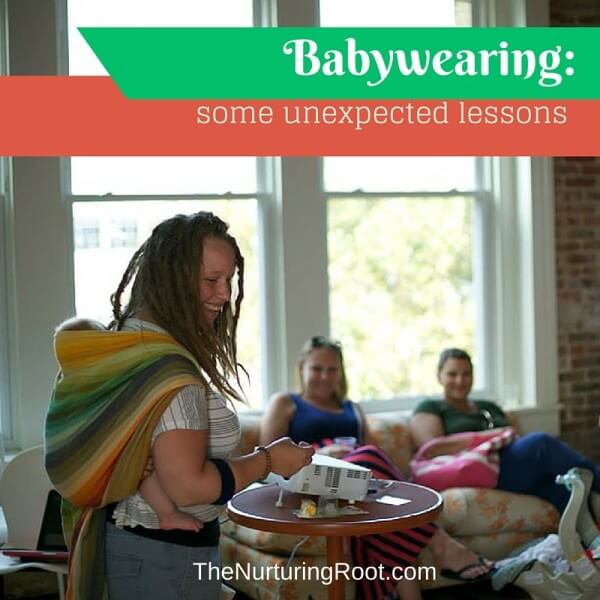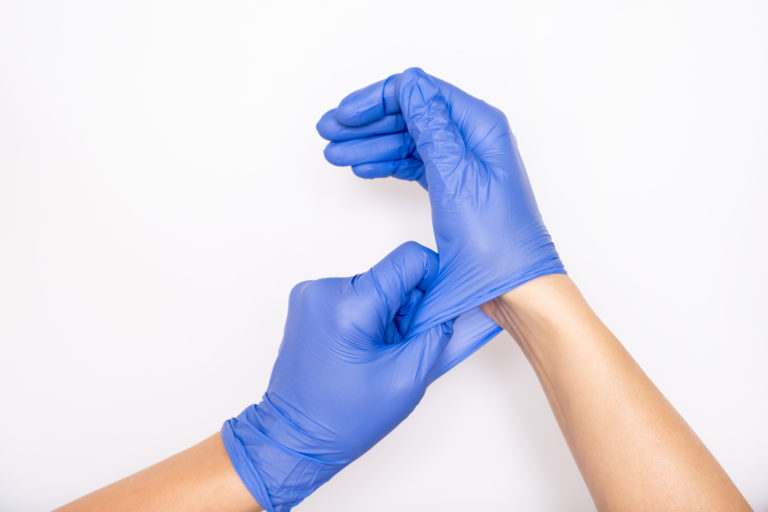Soothing Hemorrhoids in Pregnancy and Postpartum
Hemorrhoids, which are swollen and exposed blood vessels in the rectum, are perhaps one of the biggest complaints I hear from expecting and postpartum parents. Some find they have hemorrhoids during pregnancy, while others get them postpartum, likely from pushing. 
But why do hemorrhoids happen in pregnancy?
During pregnancy, the increased progesterone levels cause the walls of the veins to relax, increasing the likelihood of swelling. Progesterone levels can also cause constipation in expecting mothers, particularly in the 3rd trimester of pregnancy. With increased swelling, constipation, and the growing uterus adding pressure to the inferior vena cava, hemorrhoids can become a common and unpleasant pregnancy symptom.
What can I do to soothe hemorrhoids in pregnancy/postpartum?
Eat well and supplement to make sure stools remain soft. Don’t strain. Eating a diet high in fiber can help keep constipation at bay. Leafy greens, fruits, beans, and whole grains are all good sources of fiber. Supplementing with magnesium is also known to help keep bathroom habits comfortable and regular. I love this magnesium supplement and add it to my daily smoothies. Regular exercise can also encourage mobility in the bowel.
Witch Hazel is an anti-inflammatory antiseptic that can reduce discomfort and itchiness. Witch hazel is also an astringent, which contracts the tissues to minimize bleeding. After wiping, dip a cotton ball in witch hazel and apply to the area.
Sitz Baths are a basin that sits in the toilet bowel and can be used to soak your bottom in warm water. Not only can a sitz bath keep the area clean, but the warmth of the water can be comforting and also increases blood flow to the area encouraging healing.
Using cold compresses or ice packs can reduce pain and swelling in the area. Alternating between hot and cold throughout the day is ideal.
Kegeling can help strengthen your pelvic floor muscles, which can prevent internal hemorrhoids from being exposed. The exercise can also increase blood flow to the pelvic area, promoting healing of existing hemorrhoids.
Potatoes! Using a cheese grater, shred a raw potato. Use the grated pieces of potato to make poultice and place it next to the hemorrhoid (do not insert into the rectum). This is reported to reduce the swelling and the size of the hemorrhoid.
A diet high in vitamin C is known to strengthen blood vessels and can help prevent hemorrhoids. An added bonus of vitamin C is it also maximizes iron absorption.







